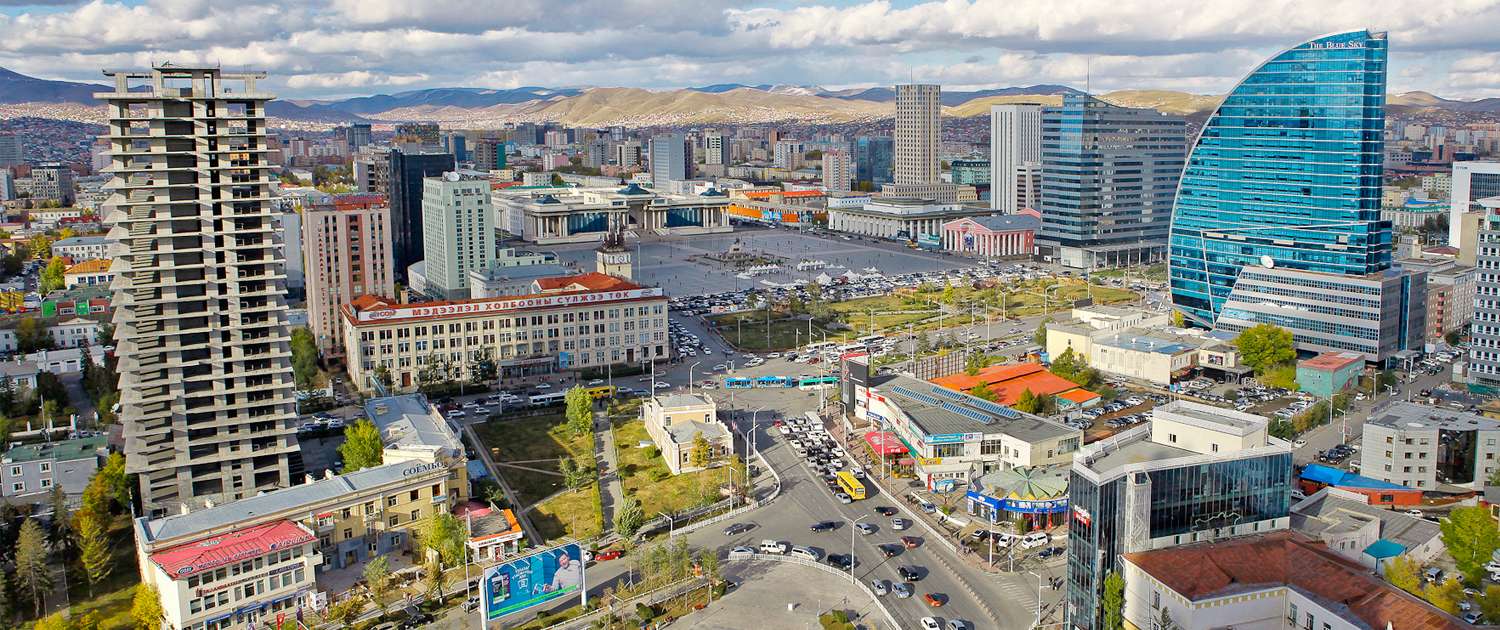Earlier this year, while compiling the latest IPv6 deployment data for our Pulse Enabling Technologies page, my attention was drawn to a dramatic rise in levels of IPv6 traffic from Mongolia. Interested to learn more, Pulse contacted Unitel, the largest digital service provider in Mongolia and the source of the sudden dramatic increase in IPv6 adoption in that country.
Although we only detected its IPv6 adoption recently, Unitel began its IPv6 project in 2016—its projected growth in subscriber numbers and data volumes indicated IPv6 would be a vital technology for it in the near future. Unitel decided to adopt a phased deployment approach and, starting in 2018 with its core network elements, gradually progressed to enabling IPv6 on all of its network infrastructure.
As Munkhbat Gansukh, Manager of Unitel’s Data Network Unit, explained, “Our ISP operations account for approximately 70% of the broadband market. With hundreds of thousands of Internet users, we are required to manage vast amounts of data traffic, with huge costs in NAT [Network Address Translation—a stopgap solution for sharing limited IPv4 addresses across multiple subcribers] technology, hardware, and software. IPv6 is a viable solution for decreasing such costs.”
APNIC, the Regional Internet Registry for the Asia-Pacific region, has been fostering dialogue about Internet technology and providing technical training for Mongolian Internet operators for many years. IPv6 deployment has always been a topic of discussion and they’ve helped operators understand the challenges with relying on NAT as well as the different transition technology options available to operators to deploy IPv6.
Instances like this and the recent uptake in Bangladesh may seem minor when compared to the likes of India, Belgium, and France where more than 65% of the country is IPv6 capable. However, as these and other leading countries can attest, the fact that the largest operator is leading the way will mean the country’s capabilities will start to rise dramatically, as Gansukh predicts.
“Presently, our deployment of IPv6 dual stack has reached approximately 13% of our household customers,” says Gansukh. “We are expecting to reach 70% by April 2023. That means the whole Mongolian IPv6 Internet traffic will reach about 27% from the current 5%,” Gansukh told Pulse.
Unitel’s current focus is its domestic broadband network. Once completed, they plan to address its enterprise Internet subscribers and its mobile network where IPv6 deployment is expected to take a further one to two years.
Gansukh’s advice to other operators, including in Mongolia, who may be weighing up the need to deploy IPv6, is unequivocal, “IPv6 has many benefits compared with IPv4 such as reduced NAT costs, improved user experience, improved cyber security and better support for the next generation of digital technologies.”
“Deploying IPv6 can take a long time for large ISPs. So, start researching and planning to deploy it in your network today.”
“We hope other Mongolian Internet operators will follow us by deploying IPv6. It’s directly related to Mongolian Internet development.”
We at Pulse will certainly be watching with interest.
Photo by Zazaa Mongolia


